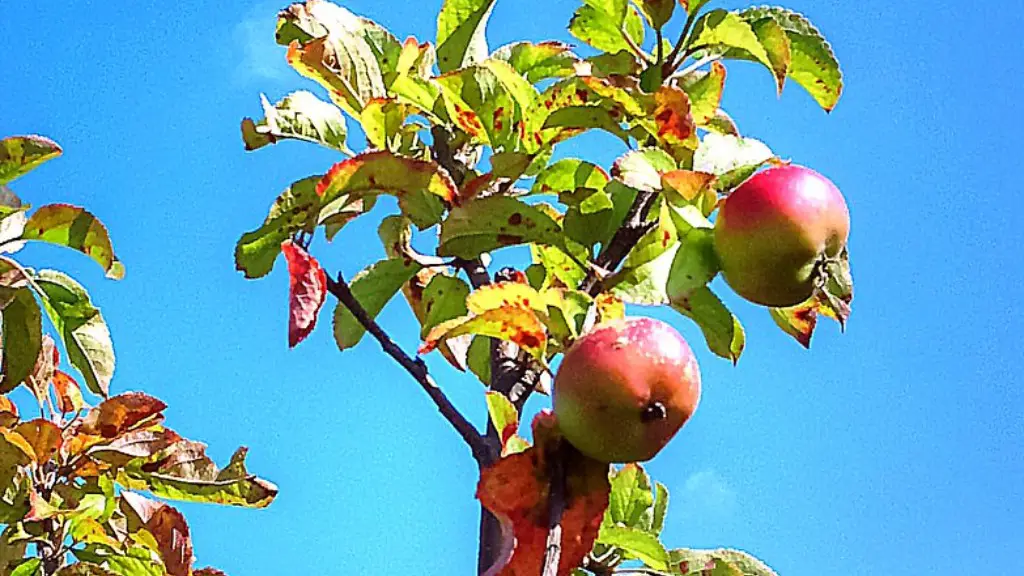Material
Avocado trees are easy to grow from the pit. The first step is to get an avocado pit. It’s best to choose ones that are smooth and without any dents, discolouration or decay. Besides the pit, you’ll need a planter, soil, toothpicks, a plastic bag and water.
Preparation
Once you have all your materials, it’s time to prepare the pit. Start by taking off most of the brown skin from the pit. Be careful not to grab any of the white under layer. If you do, just use a paper towel to wipe it off. Once the brown skin is gone, you should have a pale yellow, smooth pit.
Using the toothpicks, poke three evenly-spaced holes around the circumference of the pit. These will be used to hold the pit above the water. Place it in a container filled with water, so that the pointed end of the pit is facing up. Half of it should be submerged.
Germination
Now it’s time to wait for the pit to germinate. Depending on the temperature, it can take anywhere from a couple of weeks to a few months. It’s important to keep the water fresh; replenish it as needed. Once the pit begins to crack, it’s ready for planting.
Planting
Fill the planter with soil and place the pit in it. Cover the pit with about an inch to an inch and a half of soil. Water the planter and place it in an area that gets at least 4-6 hours of direct sunlight. Keep in mind that avocado trees are tropical and can’t tolerate temperatures below 40°F.
Cover the planter with a plastic bag and place it in an area that gets plenty of light. Make sure to keep the soil moist, not wet. Water the planter when the soil is dry. Once the seedling is about six inches tall, you can remove the plastic bag. The tree will continue to grow and will produce fruit in 3-5 years.
Fertilizer
As your tree grows, you’ll want to fertilize it. Fertilizer will help it reach its full growth potential. A good fertilizer blend should include all three main macronutrients, Nitrogen (N), Phosphorous (P) and Potassium (K). Check the label to find the ratio of N, P and K. Applying the fertilizer once a month should be sufficient.
Pruning
Once your tree starts producing fruit, you may want to prune it. Pruning helps keep the tree healthy and maintains its size and shape. Start by cutting off any dead or damaged branches first. Follow that with slight pruning of the middle branches to let more light and air into the tree, which will help it grow better.
Harvesting
Once your tree is producing fruit, it’s time to harvest. Avocados are generally picked when they’re still green and firm to the touch. The fruit will continue to soften and ripen once it’s picked, so leave some on the tree if you don’t plan on eating it right away. The fruit should be ready to pick in 6-8 months.
Diseases and Pests
Avocado trees can be susceptible to some diseases and pests. Common diseases include leaf spot, root rot and stem canker. To prevent this, make sure the tree has plenty of air flow and is well-drained. Be on the lookout for pests such as aphids, mealybugs, scales and mites. These can be dealt with by spraying neem oil or rubbing alcohol on the affected areas.
Protection
Extreme cold can damage the tree. If you anticipate temperatures below 40°F, it’s best to protect your tree with a blanket or by covering it with burlap. This will help keep the cold air away and ensure that your tree survives.
Watering
Water your avocado tree regularly and deeply. Water when the top inch of soil is dry. Make sure to water the entire root zone and do not overwater. Too much water can lead to root rot and other problems.
Fertilizing
Fertilize your tree in the spring and again in the summer. A good slow-release fertilizer will work best. There are also organic fertilizers available for avocado trees. Make sure to follow the directions on the package to ensure that your tree gets the right amount of nutrients.

